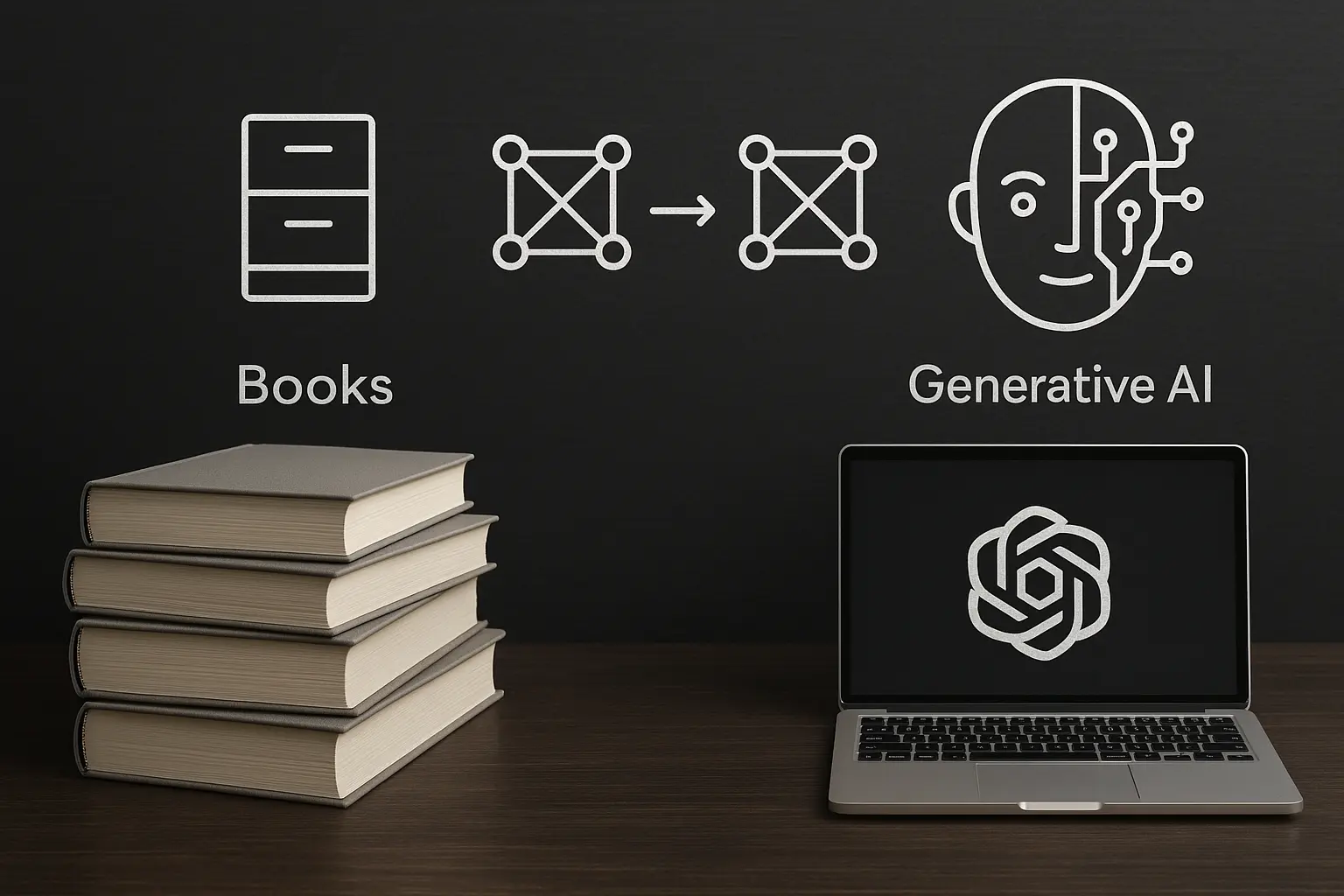RAG: Revolutionizing the Future of Generative AI
Generative AI has made significant strides in recent years, with models like GPT-3 setting new benchmarks for natural language understanding and generation. However, a new player has emerged on the scene that promises to take generative AI to the next level: Retrieval-Augmented Generation, or RAG. In this post, we will delve into what RAG is, how it works, and its potential impact on various industries.
What is RAG?
Retrieval-Augmented Generation combines the strengths of traditional retrieval-based systems with generative models. Instead of relying solely on pre-existing knowledge encoded in a model, RAG fetches relevant information from an external database or knowledge source in real-time. This innovative approach allows it to generate responses that are both relevant and accurate, expanding the possibilities of AI-generated content.
How RAG Works
The RAG framework typically involves two main components:
- Retriever: This component fetches the most relevant documents or pieces of information from a vast database or knowledge base.
- Generator: Once the retriever gathers relevant context, the generator uses that information to create coherent and contextually appropriate responses.
The dual-component model enhances the quality of generated content, enabling it to maintain not just fluency and creativity but also factual accuracy. By accessing up-to-date information, RAG can minimize the risks of misinformation often associated with standalone generative models.
Applications of RAG
RAG has a wide array of potential applications across various sectors. Below are a few notable examples:
- Customer Service: Businesses can utilize RAG to create intelligent chatbots that pull real-time data to provide relevant solutions to customers’ inquiries.
- Content Creation: Writers can leverage RAG to enhance their output, generating articles or blogs with accurate factual references sourced from trusted databases.
- Education: RAG can power learning platforms that adapt to students’ needs by retrieving information tailored to their current topics of study.
- Healthcare: Medical professionals can access the latest research findings while discussing patient cases, enriching their decision-making process.
Challenges and Considerations
Despite its many advantages, RAG also presents certain challenges:
- Data Quality: The effectiveness of RAG is highly reliant on the quality of the retrieved data. Poor-quality or unreliable sources can lead to incorrect conclusions.
- Latent Bias: While RAG aims to deliver factual information, underlying biases in the retrieval system can still propagate into generated content.
- Computational Costs: The need for both retrieval and generation increases computational demands, requiring robust infrastructure.
The Path Forward
As the landscape of AI continues to evolve, RAG stands as a promising solution not just for enhancing generative capabilities, but also for addressing the key challenges of accuracy and contextual relevance. Its ability to leverage real-time data may ultimately redefine how we engage with information and create content.
In conclusion, RAG is poised to shape the future of generative AI, offering exciting possibilities across numerous fields. As we witness its development, it will be intriguing to see how industries adopt this innovative technology and what further advancements emerge.
This is an exciting time for AI, and RAG could very well be at the forefront of this revolution.
